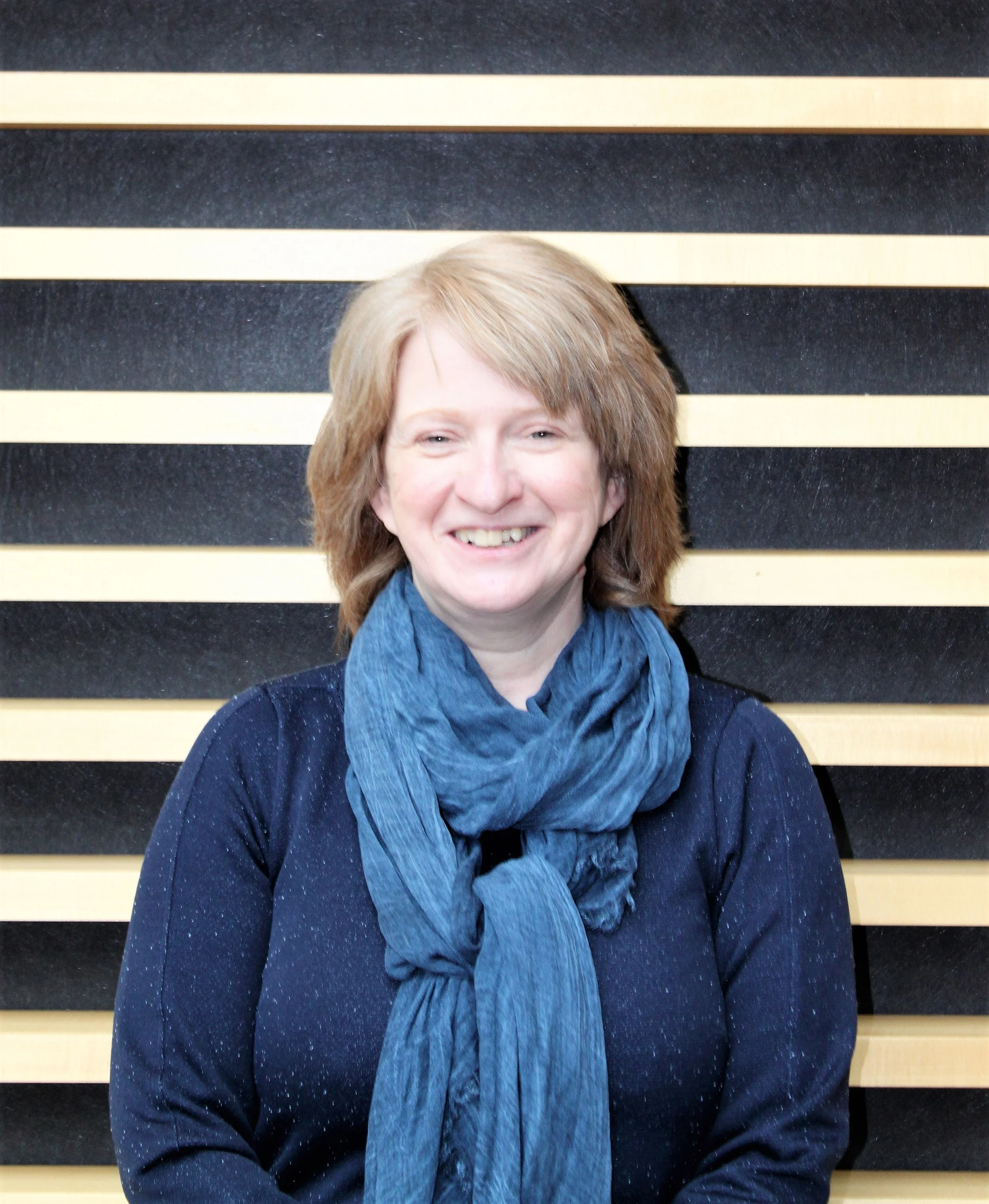Principal Investigators
-

Derek Bowie (Co-Director)
The Bowie lab studies studies two major classes of neurotransmitter-gated ion channels that dominate chemical signalling in the brain, namely excitatory ionotropic glutamate receptors (iGluRs) and inhibitory GABA receptors (GABARs), as well as voltage-gated channels (Na+, K+ channels) that are responsible for rapid electrical signalling. The goal is to understand the role these channels fulfill in shaping the behaviour of neuronal circuits, how these processes may be aberrant in disease states and to develop novel therapeutic compounds.
Keywords: patch-clamp electrophysiology, molecular and cellular neuroscience, Fragile X syndrome
-

John Orlowski (Co-Director)
The interests of the Orlowski lab are focused on understanding of the molecular, cellular and systemic dynamics of acid-base (pH) homeostasis in mammals, with a focus on alkali cation/proton exchangers (i.e., SLC9 gene family). Disruptions in certain SLC9 family members are linked to several human diseases, including hypertension, cardiac arrhythmias and failure, stroke, congenital secretory diarrhea, and certain neurological disorders (e.g., Lichtenstein-Knorr Syndrome, Christianson Syndrome, epilepsy, autism, attention deficit hyperactivity disorder).
Keywords: alkali cation/proton exchangers, pH regulation, structure-function relationships, neurodevelopmental disorders
-
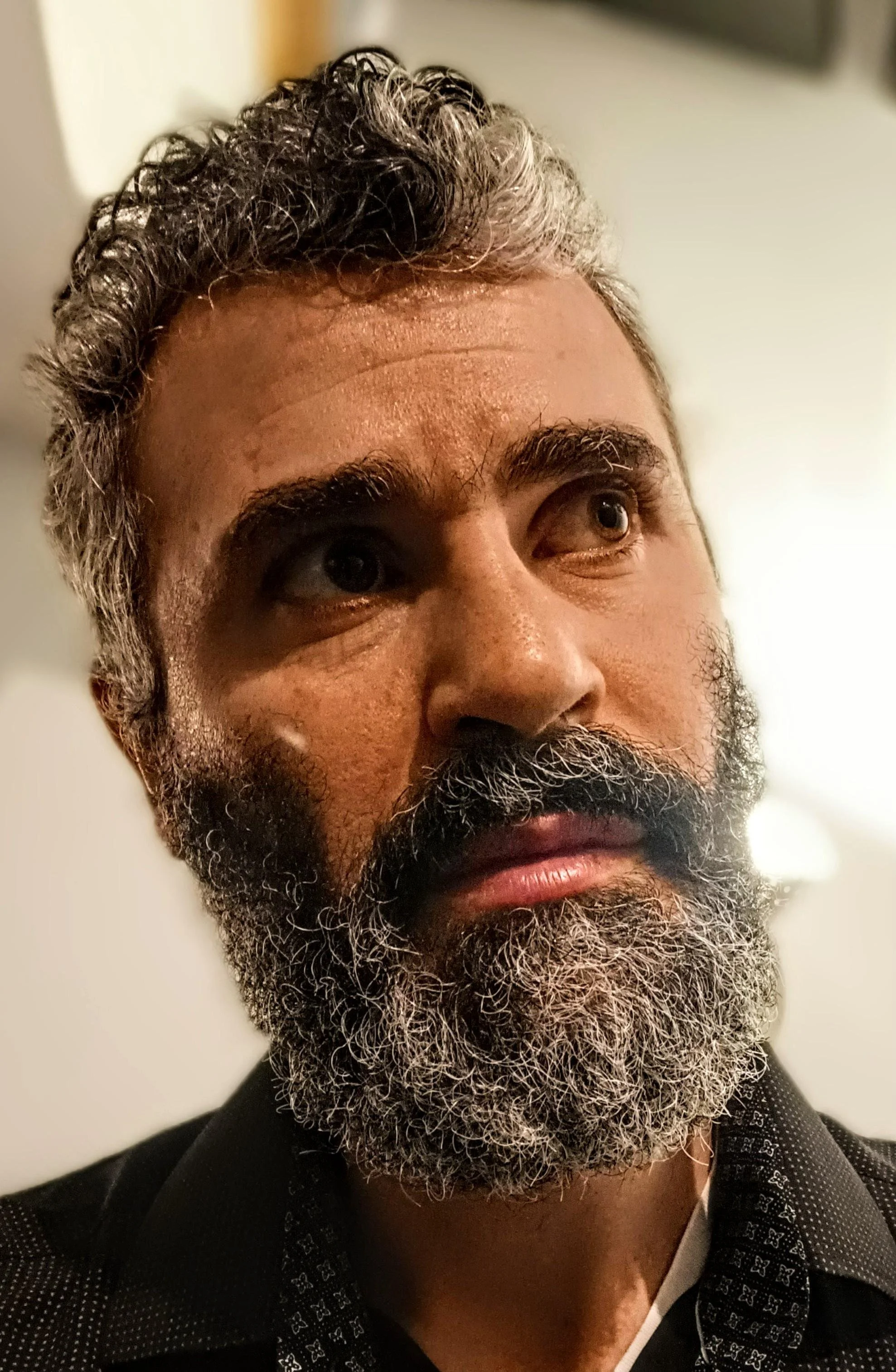
Anmar Khadra
Dr. Khadra has a broad background in mathematical and computational biology, with proficiency in key research areas that lie at the interface of complex systems, nonlinear and stochastic dynamics, biophysics, numerical computations and artificial intelligence. Using this expertise, Khadra Lab quantitatively and mechanistically studies the underlying dynamics of various physiological systems in neuroscience, immunology and cell biology. In collaboration with leading experimental scientists. The Khadra Lab develops multiscale complex systems and computational AI-based models to study the (sub)cellular and network dynamics of neurons, immune cells and motile cells.
-

Arkady Khoutorsky
The Khoutorsky Lab is dedicated to unravelling the mechanisms underlying mRNA translation in pain sensitization, identifying key mRNAs and exploring their functions. Research focuses on mTORC2-dependent structural changes in nociceptive circuits, neuroimmune interactions in pain hypersensitivity, and the gut microbiome's role in fibromyalgia. Additionally, the lab investigates spinal perineuronal nets' modulation in pathological pain, studies spinal projection neuron heterogeneity, and seeks novel molecular targets for enhanced pain relief. The team also delves into translational control's role in synaptic plasticity, memory formation, and its implications in neuropsychiatric disorders like fragile X syndrome and autism, utilizing a multidisciplinary approach for a comprehensive understanding.
-
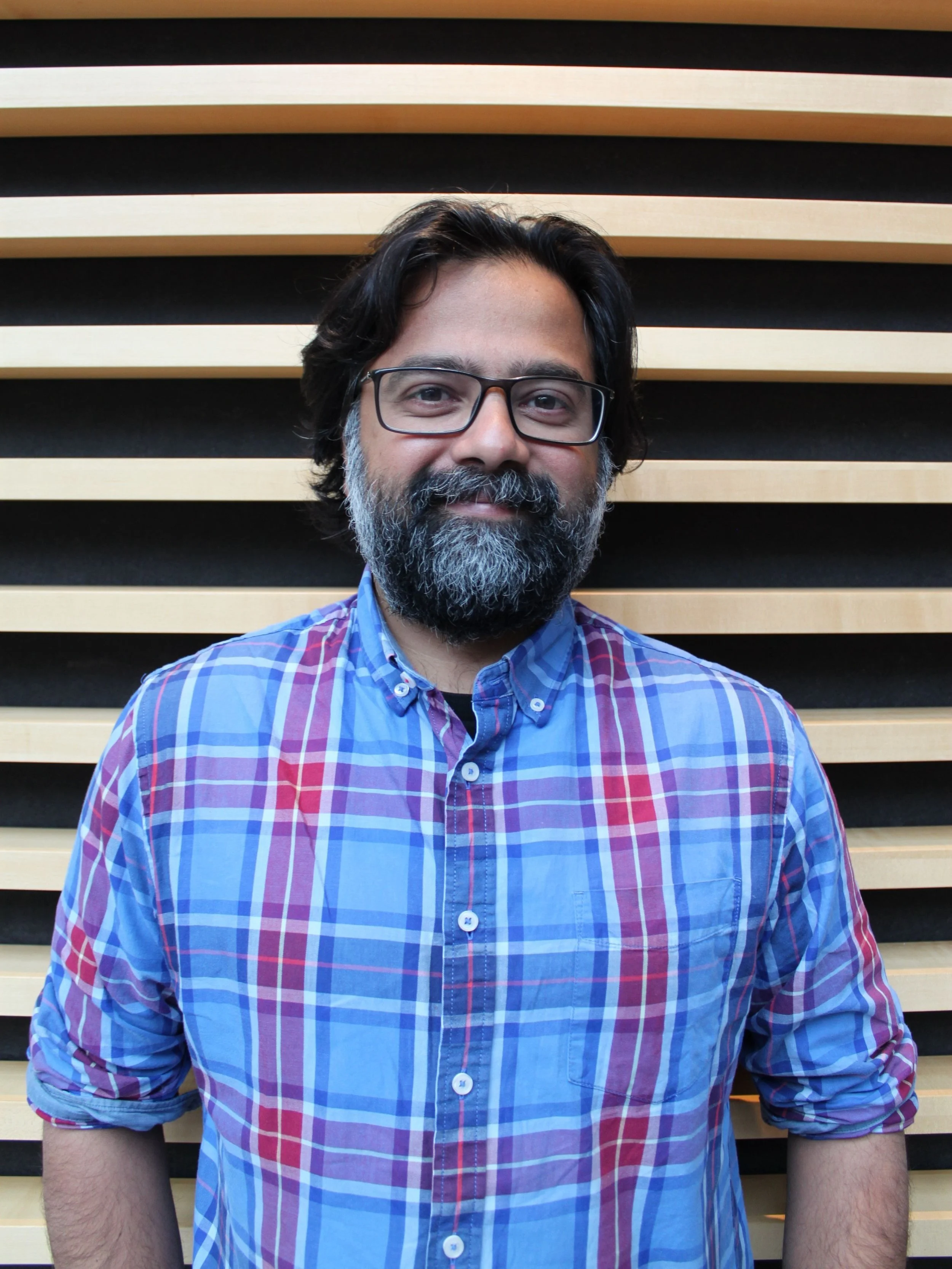
Arjun Krishnaswamy
The Swamy lab has two goals: to understand how neurons connect specifically to form the complex circuits that underlie our mental abilities and to link specific wiring patterns to circuit function. We study these in the mouse early visual system using a combination of genetic, optical, physiological, viral, and behavioral methods. Our studies draw links between wiring genes, wiring patterns, and function in the circuits that convert photons into vision offering a way to investigate these relationships at higher brain areas and in the context of disease.
Keywords: two-photon microscopy, in vivo imaging, molecular-genetics, optogenetics, electrophysiology, behavior, blindness, ASD
-
Anne McKinney
The McKinney lab focuses on the development of brain circuits in both the healthy hippocampus and cerebellum and in animal models of ataxia, including ataxia of Charlevoix-Saguenay region (ARSACS), Christianson syndrome and in neurodevelopmental disorders, including Christianson syndrome and Helsmoortel-Van Der Aa syndrome (ADNP syndrome). We aim to understand the pathophysiology that underlies the onset of disease in ataxia, stroke, neurodevelopmental disorders and epilepsy, to find new therapeutic targets to treat these disorders. We also address fundamental questions into my certain synapses are more likely to be maintained whiles others undergo plasticity or learning in the hippocampus.
Keywords: Neurodevelopmental disorders, ataxia, synaptic plasticity, epilepsy, imaging, electrophysiology
-

Alvin Shrier
The Shrier lab studies cardiac dynamics and the hERG K+ channel to understand cardiac arrhythmias, particularly the long QT syndrome that is associated with sudden cardiac death. Gene edited human stem cell derived cardiomyocytes are being developed to characterize the underlying molecular mechanisms and to identify the pathophysiological phenotype. The goals are to understand the nature of a novel peripheral quality control mechanism associated with low functional expression of pathological hERG mutant channels and to identify therapeutic corrector compounds.
Keywords: cell imaging, patch clamp electrophysiology, cell biology, mathematical modeling
-

Claire Brown
My research focuses on applying advanced bioimaging methods to study the molecular mechanisms that regulate normal (development/wound healing) and pathogenic cell migration (cancer metastasis). As director of the Advanced BioImaging Facility (ABIF), I work with 3 full time Imaging Scientists to provide training, education and research support to over 100 research laboratories using 10 state-of-the-art microscopes from sample preparation to publication. We have significant expertise with biophysical tools, live imaging and quantitative image analysis.
-

Gil Bub
The aim of the Bub lab is to understand the dynamics of excitable cell networks found in the heart and brain. A big part of the research program is to develop imaging and computational methods - in particular new microscopy modalities, analysis and simulation programs, optogenetic techniques, and new ultra-fast sensors - and use these tools to study complex cardiac and neuronal excitable systems.
-

Gergely Lukacs
The Lukacs lab studies the structural determinants of domain-domain assembly, misfolding, ubiquitination and membrane trafficking of membrane proteins. Ongoing studies aim to determine the molecular nature of the plasma membrane protein quality control machinery in inherited and acquired conformational diseases that afflict the structural stability of plasma membrane proteins particularly CFTR and also GPCRs, hERG and MLC1.
-

Gerhard Multhaup
The Multhaup lab examines structural and functional aspects of key peptides (amyloid-beta), proteins (APP network), and enzymes (secretases) associated with Alzheimer disease, as well as other misfolded protein disorders. To discover new diagnostic, preventative, and therapeutic strategies for neurodegenerative disorders, our “molecular pharmacology”-based research program uses innovative scientific approaches (MALDI imaging, Simoa, SPR) to characterize unresolved biological mechanisms (amyloid production vs. clearance) and enable translational research (biomarker discovery; small molecules as therapeutic “traps”).
Keywords: Alzheimer disease, biochemistry, digital ELISA (Simoa), mass spectrometry, neurodegeneration, pharmacology, surface plasmon resonance (Biacore)
-

John Hanrahan
The Hanrahan lab studies mechanisms of anion and fluid transport, with a particular emphasis on cystic fibrosis (CF). Studies investigate how CFTR anion channels are regulated, the involvement of membrane microdomains, and the role of CFTR channels in airway innate immunity. The projects range in character from whole animal studies in CF mice to biophysical studies of single molecules expressed in airway epithelial cells that we isolate from human lungs after transplantation.
-
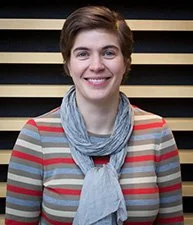
Lisa Münter
The Munter lab is interested in molecular mechanisms of cellular pathways involving regulated intramembrane proteolysis (RIP). The research focuses on three main aspects: 1) the investigation of basic biological mechanisms of RIP; 2) RIP pathways in neurodegenerative diseases such as Alzheimer’s disease with the aim to reveal novel potential drug targets, and 3) the investigation of lipids and lipid metabolizing proteins on Alzheimer’s pathology.
-

Masha Prager-Khoutorsky
The Prager-Khoutorsky Lab investigates the cellular and molecular mechanisms behind plasma sodium detection, focusing on specialized osmosensory neurons and their role in salt-sensitive hypertension. Additionally, the lab explores communication between the brain and peripheral circulation, emphasizing non-neuronal cells' involvement in regulating the blood-brain barrier. They study tanycytes as gatekeepers mediating brain-body communication at circumventricular organs, adapting to nutritional status and influencing metabolic disorders like obesity, diabetes, and hypertension. The goal is to understand these mechanisms for potential therapeutic insights.
-
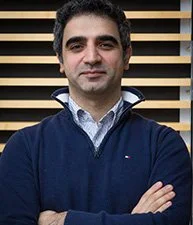
Reza Sharif
The Sharif labs studies the molecular mechanisms affecting the excitability of pain-sensing neurons, also known as nociceptors, under health and disease. The goal is to understand the role of ion channels in the sensation of pain in preclinical models of chronic pain, such as neuropathic pain or osteoarthritis. The group is also interested in defining the role of neuronal circuits in the dorsal horn of the spinal cord involved in the processing of touch and pain inputs during health and chronic pain conditions. Our overarching goal is to identify the mechanisms responsible for chronic pain and develop novel therapeutic strategies.
Keywords: patch-clamp electrophysiology, molecular and cellular neuroscience, preclinical pain models, IPSCs

